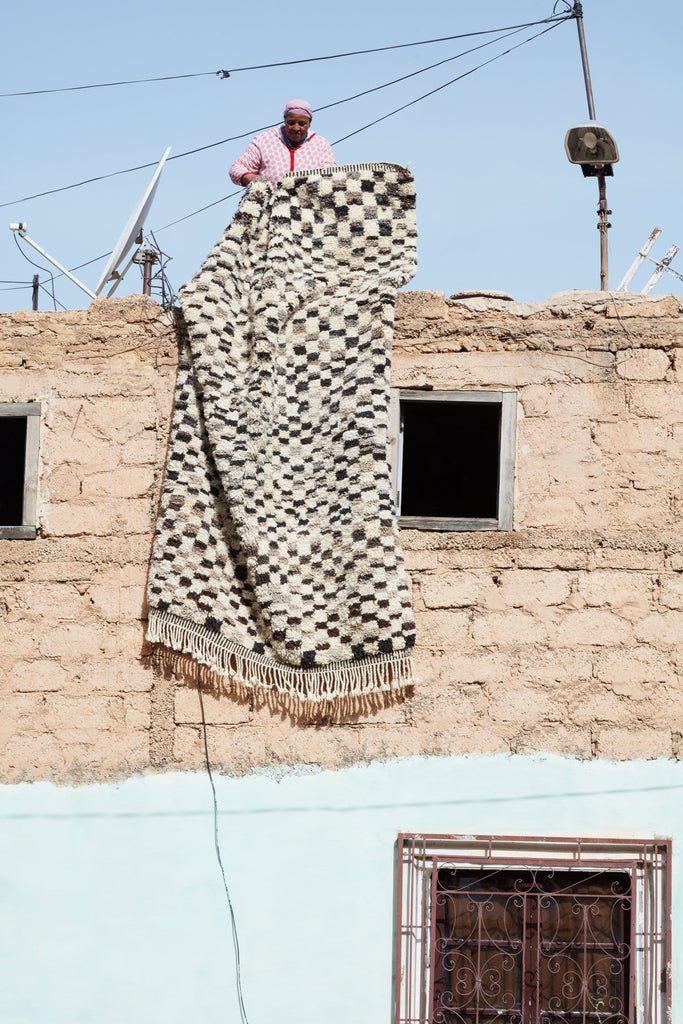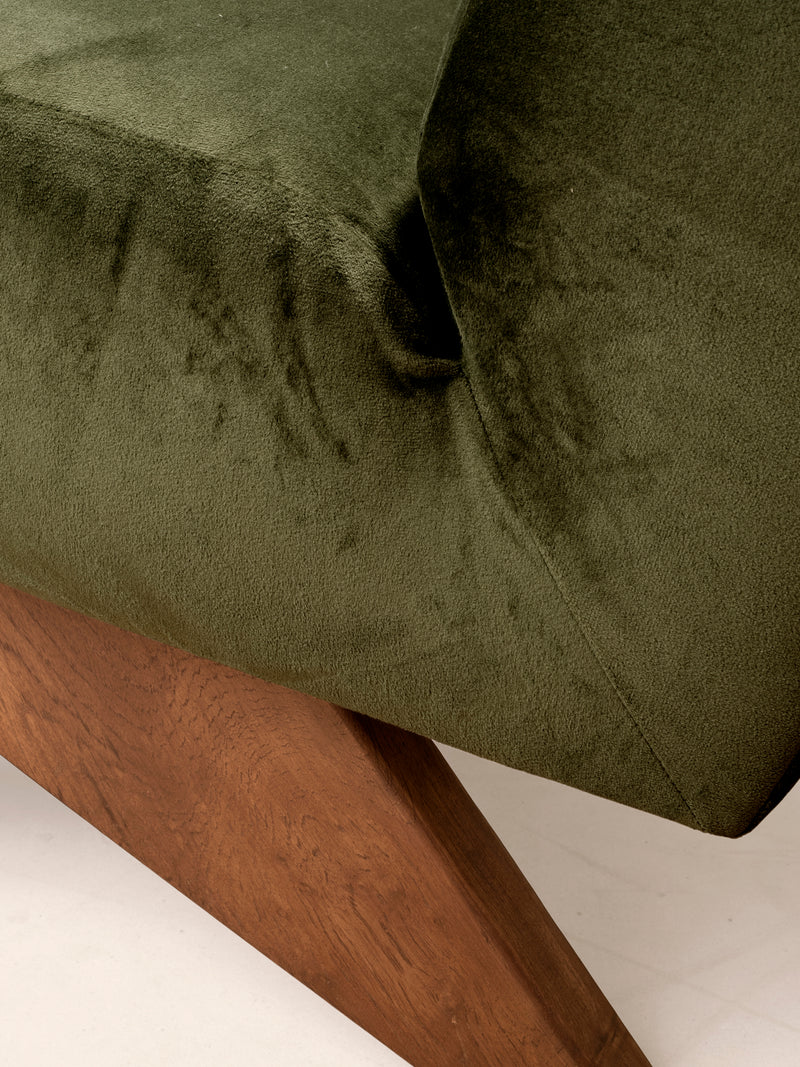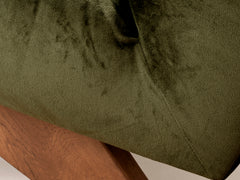Upholstered Armless Chair, Velvet Upholstery
The Upholstered Armless Chair is a re-edition of the model created for building lobbies in Chandigarh in the 1950s. This re-edition is true to the dimensions and external form of the original design, with improvements made to the structural elements and quality of materials to create a chair that is built to last. The external leg and arm frames are made of teak wood, while the inner frame is made of pinewood. High quality premium polyurethane foam in a carefully calibrated combination of densities is used to create the perfect ergonomic seating comfort.
Fabric options available upon request.
Tigmi is the only Australian distributor for the Phantom Hands 'Chandigarh' collection, awarded 'Best Re-Edition' in the 2023 Monocle Design Awards - celebrating design across the world, and honouring people and products that are enhancing lives.
Please complete the shipping enquiry form for a shipping quote as this is a heavy/fragile item that needs to be handled with care.
































